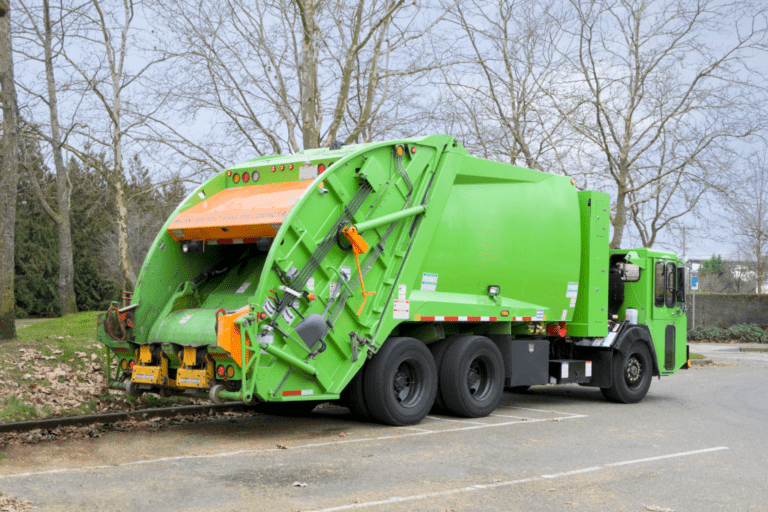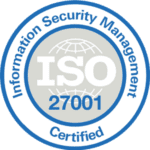Audit is a word that strikes fear into the hearts of businesses everywhere. Audits can be stressful and extensive processes with severe penalties for failure. It’s only natural to be a little nervous about an upcoming one. However, if you know what to expect, then the process can become significantly less daunting. Being prepared and knowledgeable is the key to success in these situations. Below, we’ll discuss DOT Compliance Security Audits and help you prepare for one so that you can pass with flying colors.
What Is a Compliance Audit?
A DOT compliance audit is simply an audit to ensure that your business is in compliance with all regulations and is following all safety protocols outlined by the FMCSA. A security audit will inspect your company’s security plan along with training and other security-related measures.
What Can Trigger an Audit?
A recent report at US Compliance Services points out that DOT audits have been on the rise since 2010. Compliance reviews can occur at any time if your company is regulated by the FMCSA, but there are triggers that can increase your chances of a DOT compliance audit. Below, are a few of the most common triggers.
-
Accidents – Accidents are a nightmare to deal with, no matter the situation or severity. Dealing with injuries, insurance, and police reports aren’t things anyone looks forward to. You certainly don’t want to add an impending audit to the mix, but if one of your drivers is involved in a truck accident, that is an unfortunate but likely possibility. If it was a major accident that resulted in injury or fatality, you should prepare yourself for an audit with little to no warning at all.
-
Roadside Inspections Resulting in “Out-of-Service” Violations – If one of your drivers experiences a roadside inspection and receives a violation, you are more likely to be chosen for a compliance review. The more violations your drivers receive, the higher your chances that the FMCSA will want to do a compliance audit. This is just one of the many reasons you should ensure that your drivers are prepared for random roadside inspections.
-
Failure of a New Entrant Safety Audit – Good impressions are vitally important since bad impressions are so hard to overcome. The FMCSA monitor companies who don’t pass the NESA more closely, making your business more likely to experience a DOT compliance audit down the road.
-
Citizen Complaints – According to the USCS data, most of these complaints are made by disgruntled employees. If you terminate an employee, it’s important to know exactly what they know and prepare for the possibility of a damaging complaint being made by them against you. Other complaints are made by citizens who witness drivers behaving badly on the road.
What Should You Expect From the Audit?
The DOT compliance audit will occur onsite, so you’ll need to make sure everything is in order. Your security audit will evaluate your company’s safety plan, do a thorough investigation of your driver’s records and training, and your company’s overall security performance. This audit is designed to make sure your company is operating safely and that you’re putting secure and reliable people behind the wheel of your trucks. The inspection will require you to produce several items of documentation and cover a lot of ground.
-
Shipping Documents – If you ship hazardous materials, you’ll need to produce all HazMat shipping papers, material safety data sheets, and any hazardous material incident reports.
-
Driver Qualifications – This is normally one of the first things your inspector will ask for, as your company is only as safe as the drivers you employ. This part of the procedure is vitally important, and it’s crucial that you appear in complete control. You need to prove to the auditor that you’re on top of things, that you train your employees well and ensure that they constantly operate within regulations and follow the rules at all times. You’ll likely be required to provide proof that you have a disciplinary action system in place for drivers that fail to follow procedure, that you have written hiring policies (criteria) that are followed on all new hires and rehires, that all driver’s medical certificates (physicals) are current, and that all drivers have a current and valid CDL and have passed a road test or equivalent of a road test.
-
Hours of Service – The HOS review will likely begin with a request for a specific number of logs for specific drivers on specific dates. This line of questioning could be entirely random, or the auditor could be digging deeper into one of your drivers because they’re looking for something in particular. You should be ready and able to produce hours of service logs for the past six months. You should also provide proof that you have a written disciplinary action policy addressing non-compliance with hours of service and a system in place to effectively control hours of service.
-
DVIR & Maintenance – You should be able to produce 14 months of valid annual inspections for all operating commercial motor vehicles, along with 90 days of valid copies of post-trip inspection reports for each motor vehicle. You may also be asked to show maintenance records for all equipment. This step in the audit process can include actual vehicle inspections, so be prepared and have your shop or garage floor ready for visitors.
-
Accident Register – You’ll need to provide your accident registers for the past 12 months. The auditor will go over your procedures for handling and evaluating accidents.
-
Security Plan – You will need to produce a current copy of the Federal Motor Carrier Safety Regulations along with a current DOT security plan.
-
Financial Plan – You will be asked to produce an MCS-90 that proves you have insurance coverage that meets the minimum requirements for the carrier’s transport types.
At the end of the audit, if there were any areas the inspector felt you fell short on, they will dive deeper into that compliance area. This is why thorough preparation and knowledge is so important. If you do experience this setback, always be honest, ask questions if you’re confused, and accept responsibility for any faults the auditor finds.
Possible Outcomes and Consequences

There are three possible outcomes to an audit.
-
Satisfactory – If you receive a satisfactory result, congratulations! This means that you have proper safety management controls in place and that you’re operating within regulations.
-
Conditional – If you receive a conditional result, it means you need to improve your day-to-day operations and safety management. You should expect to see an increase in roadside inspections if this is your outcome, which can increase fines and drive up your BASIC score.
-
Unsatisfactory – If you receive an unsatisfactory rating, it means you don’t have adequate safety management controls in place, and you have received violations because of it. Your operating authority will be suspended, and an Operation Out of Service Order will be imposed.
Learn More About What to Expect From a Security Audit
Passing a DOT audit is not impossible. It’s easy to receive a Satisfactory result when you’re knowledgeable about the many levels of DOT Inspections and conduct yourself in an appropriate manner. You should always strive to have your company up to audit standards, ensuring that your safety management controls are in place, up to date, and running smoothly. Stay on top of DOT compliance with Whip Around software. Contact us to sign up for a free trial today.









